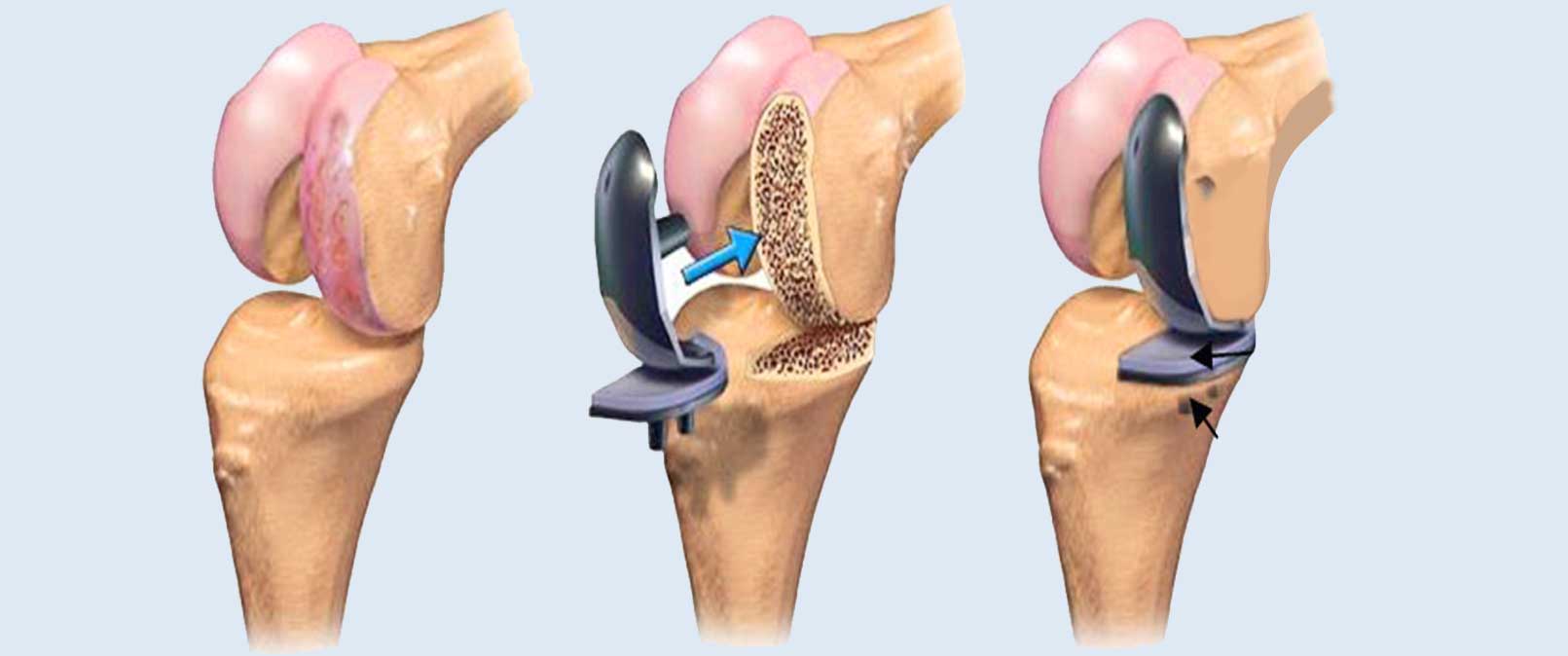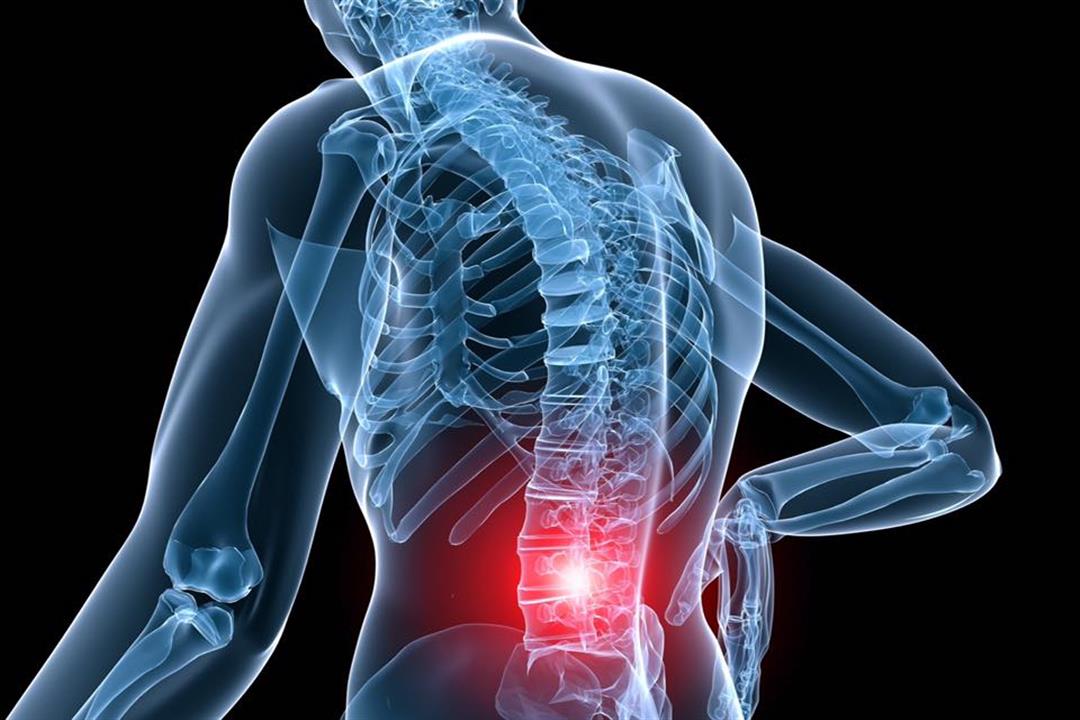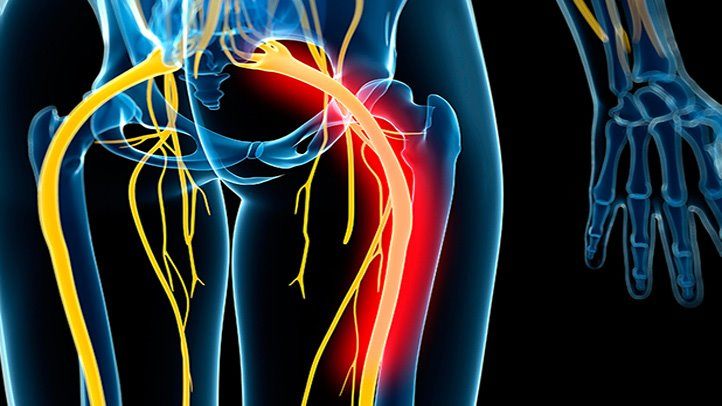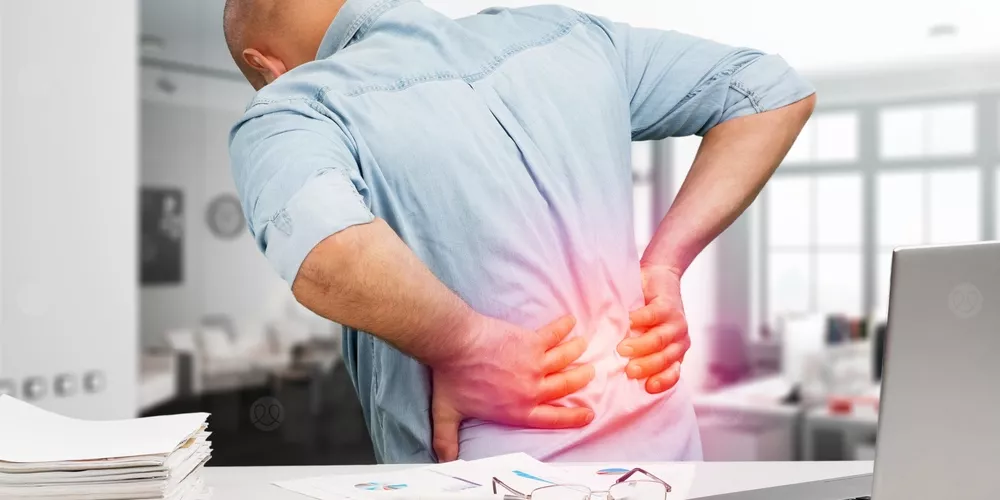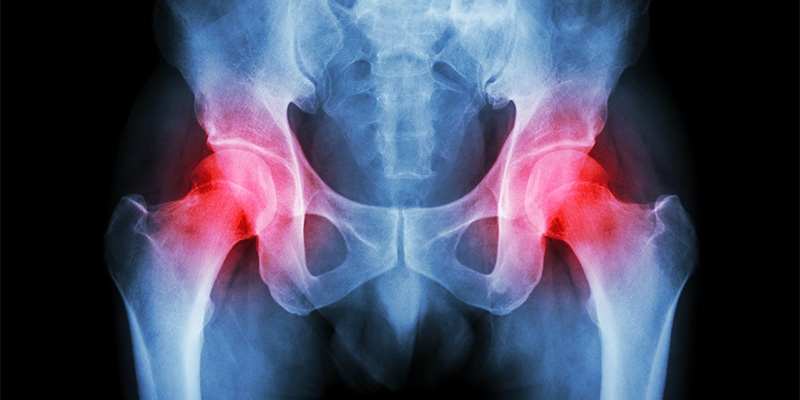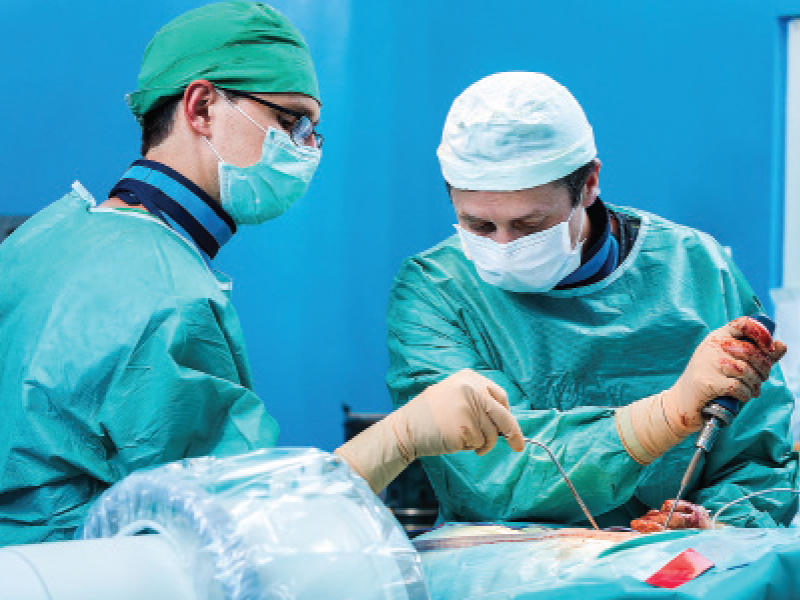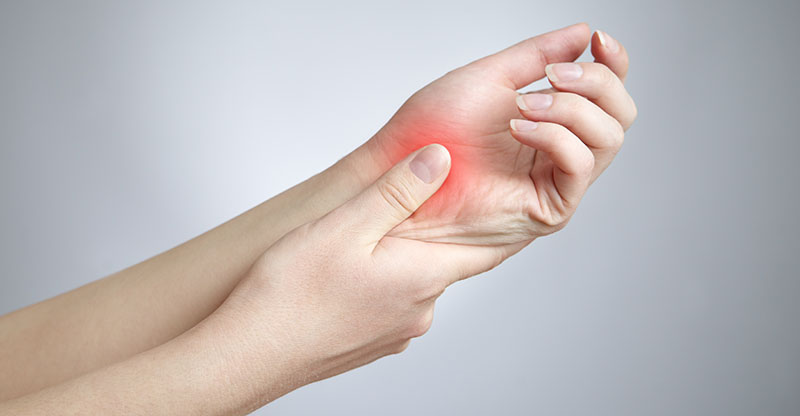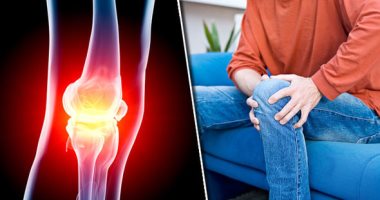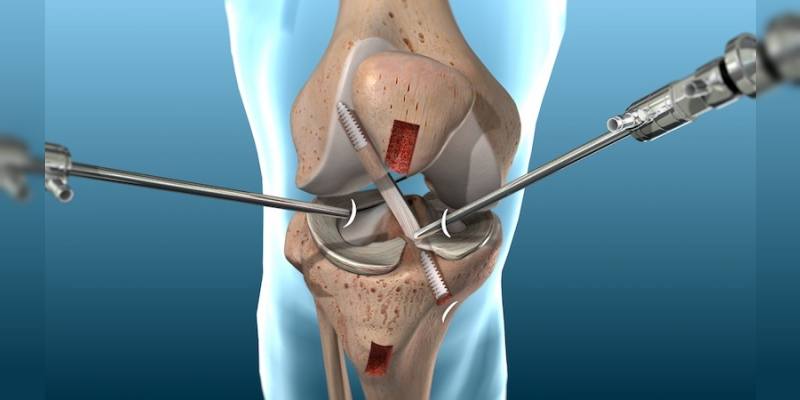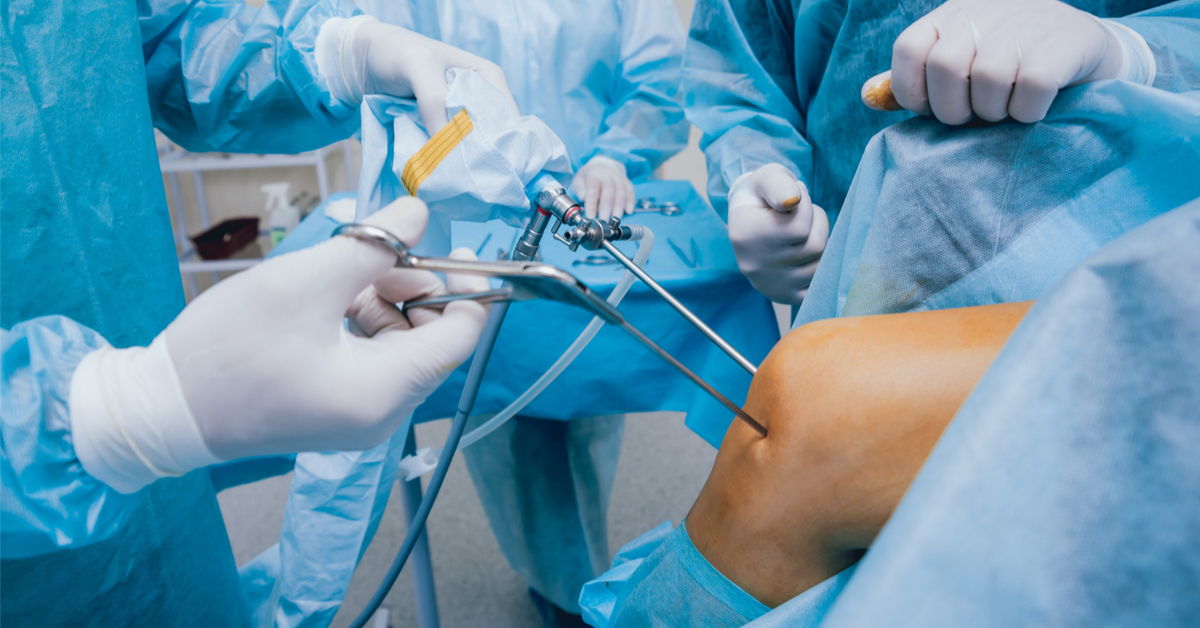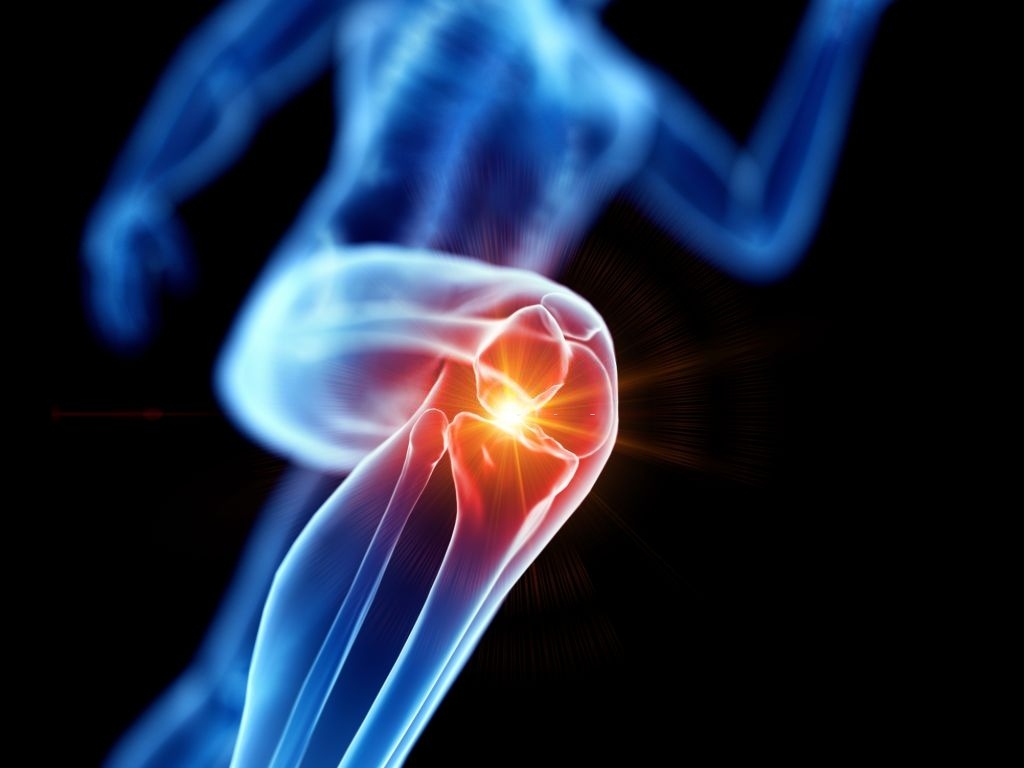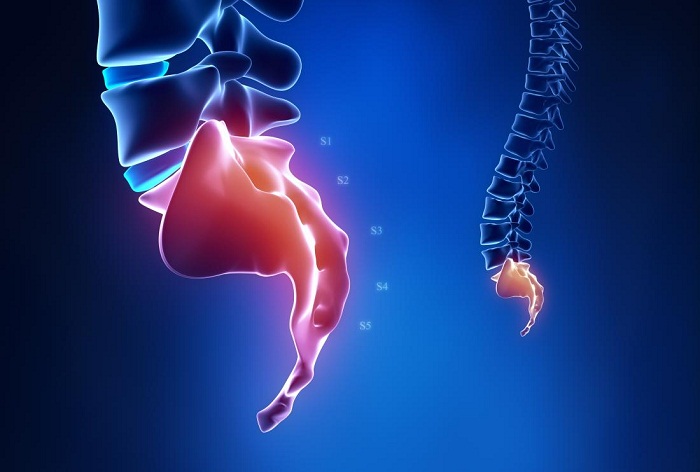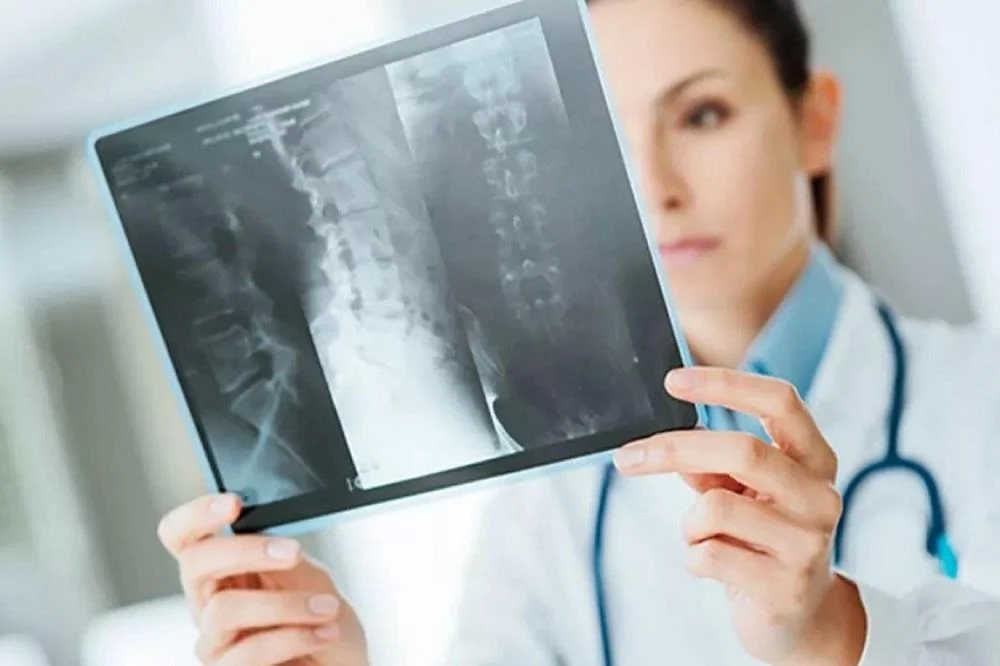Discover the Best Treatment for Knee Osteoarthritis and the Top 5 Causes of Getting it!
The Best Treatment for Knee Osteoarthritis, Knee osteoarthritis is a common issue that many people suffer from, especially the elderly and those with chronic knee pain. Knee osteoarthritis causes cartilage damage and wear, leading to pain, swelling, and reduced mobility. Fortunately, there are several treatment options available to manage knee osteoarthritis and alleviate the accompanying symptoms. There are surgical procedures such as knee arthroscopy and cartilage grafting. In this article, we will explore the best available treatments for knee osteoarthritis and provide helpful tips for maintaining knee health and reducing symptoms associated with this condition. We will also highlight the latest developments in knee osteoarthritis treatment and how to choose the optimal treatment based on each individual’s condition.
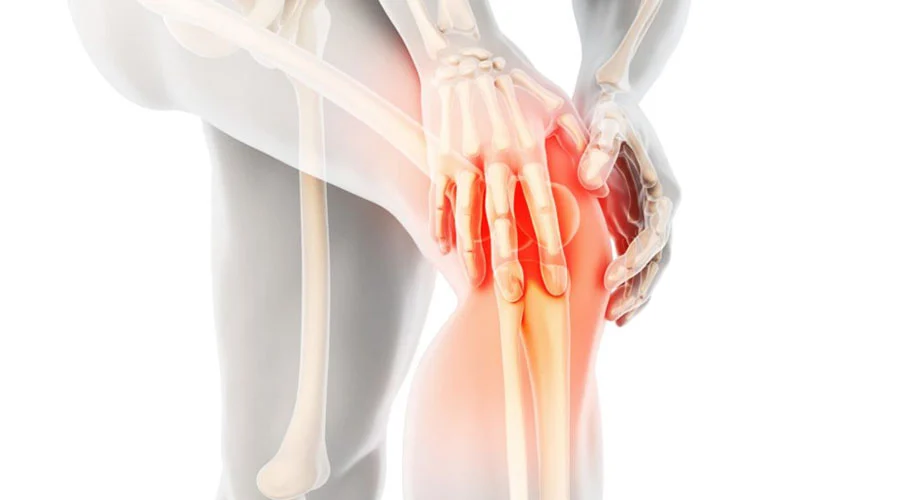
The Best Treatment for Knee Osteoarthritis
Knee osteoarthritis is one of the most common types of arthritis, causing discomfort and limited joint movement. Fortunately, there are several ways to treat knee osteoarthritis and alleviate the accompanying symptoms. In this article, we will review the best knee osteoarthritis treatments that can help you get rid of pain and improve joint condition.
- Physical Therapy: Physical therapy is one of the most important methods for treating knee osteoarthritis. Physical therapy uses techniques such as exercise, stretching, and strengthening the muscles surrounding the knee. This type of treatment helps improve joint movement and relieve pain.
- Prevention and Protection: Prevention and protection measures include avoiding activities that increase knee pressure, such as running on asphalt or high jumping. Assistive devices can be used to relieve pressure on the knee, such as crutches or walking aids.
- Weight Loss: Excess weight is a contributing factor to worsening knee osteoarthritis. Therefore, it is recommended to lose weight appropriately to reduce joint pressure and alleviate symptoms.
- Medication: Medical treatment includes using pain relievers such as non-steroidal anti-inflammatory drugs and anti-inflammatory medications. It is advisable to consult with a doctor before taking any medication.
- Surgical Treatment: If symptoms do not respond to other treatment methods, surgical treatment may be recommended. This includes a surgical procedure to repair damaged tissues or replace the joint with an artificial joint.
The Meaning of Knee Osteoarthritis
Knee osteoarthritis is a condition characterized by the wear and tear of the cartilage in the knee joint. This wear occurs due to several factors, including joint inflammation, exposure to injuries, and other factors such as obesity or autoimmune diseases. Knee osteoarthritis causes chronic pain, limiting movement and affecting the quality of life for patients. Patients experience swelling, pain in the joint, and difficulty walking and moving around easily.
Although knee osteoarthritis cannot be completely cured, there are several ways to alleviate symptoms and improve joint condition. Lifestyle changes such as losing excess weight and gently exercising to strengthen the muscles surrounding the knee are recommended. Additionally, traditional treatments like applying ice or gentle massage can help relieve pain and swelling. Some studies also suggest that regular consumption of honey, especially cinnamon honey, can help soothe the pain and inflammation associated with knee osteoarthritis.
Experience a unique treatment that combines personal care and medical expertise with the best treatment for knee osteoarthritis with Dr. Amr Amal.

What Causes Knee Osteoarthritis?
Knee osteoarthritis is a common condition affecting many people, causing discomfort and limiting knee movement. This condition can be associated with several causes, including:
- Age: The likelihood of developing knee osteoarthritis increases with age, as cartilage becomes less flexible and undergoes biochemical changes that lead to weakening.
- Gender: Women are more prone to knee osteoarthritis after reaching the age of 50, partly due to the influence of hormones that affect cartilage health.
- Excess Weight: Excess weight is a contributing factor that increases pressure on the joint, increasing the likelihood of knee osteoarthritis.
- Leg Deformities: Uneven weight distribution on the joint due to leg deformities can cause excessive loading on certain parts of the joint, leading to cartilage wear.
- Excessive Physical Activity: Engaging in high-impact sports activities can increase the likelihood of knee osteoarthritis due to repetitive stress on the joint.
- Muscle Weakness: Weakness of the thigh muscles and excessive loading on the knee joint can cause cartilage wear and the development of knee osteoarthritis.
It’s worth noting that these factors may increase the likelihood of knee osteoarthritis, but they do not necessarily lead to its direct occurrence in all cases. Understanding these causes and working to prevent them can help maintain joint health and reduce the risk of developing knee osteoarthritis.
What are the Symptoms of Knee Osteoarthritis?
Knee osteoarthritis is a condition that causes damage to the knee joint, leading to pain, swelling, and stiffness. Here are some symptoms that may indicate the presence of knee osteoarthritis:
- Knee Pain: Knee pain can be one of the main symptoms accompanying knee osteoarthritis. The pain can be severe or persistent and may increase with movement. Patients may experience sharp pain when climbing stairs or engaging in physical activities.
- Swelling: Swelling in the area surrounding the knee is a common sign of knee osteoarthritis. The knee may become swollen and inflamed, making movement difficult and causing discomfort.
- Heat and Redness: The affected knee may feel warmer than usual, and the surrounding skin may appear reddened, reflecting joint irritation and inflammation.
- Knee Stiffness: Knee osteoarthritis may be accompanied by a feeling of stiffness or limited ability to move the knee. Fat and joint fluid can accumulate in the affected joint, causing difficulty in fully extending or bending the knee.
- Leg Deformity: In advanced cases of osteoarthritis, a leg deformity may appear, causing the leg to appear bent or tilted towards the affected side.
It’s important to note that symptoms may vary in severity depending on the progression of knee osteoarthritis. Consulting a specialized doctor for an accurate diagnosis and appropriate treatment plan to manage symptoms and relieve pain is always recommended.
Enjoy an active and healthy life with the best treatment for knee osteoarthritis from Dr. Amr Amal.

Important Tips for Patients with Knee Osteoarthritis
Knee osteoarthritis is a common condition that many people suffer from, and it requires attention and care from patients to alleviate symptoms and improve quality of life. In this context, a list of the most important tips that patients with knee osteoarthritis should follow has been prepared:
1. Engage in Appropriate Exercise: Exercise is essential for patients with knee osteoarthritis. Maintaining the strength of the muscles surrounding the knee can effectively strengthen and protect the joint. Consult your doctor or a physical therapist to determine the appropriate exercises based on your individual condition, which will work to strengthen the muscles without putting excessive pressure on the joint.
2. Maintain Proper Joint Positioning: Patients with knee osteoarthritis are advised to maintain proper knee positioning while sitting, walking, and sleeping. The knee should be facing forward and straight at a 90-degree angle. Additionally, pillows or boards should be used to support the knee while sitting or sleeping to reduce pressure on the joint.
3. Beware of Excess Weight: Excess weight can increase pressure on the affected knee and surrounding joints. Therefore, patients with knee osteoarthritis are advised to maintain a healthy, appropriate weight by following a balanced diet and exercising regularly.
4. Avoid Wearing High Heels: Wearing high heels is a factor that increases stress and pressure on the knee. Patients with knee osteoarthritis should avoid wearing high heels as much as possible and choose comfortable shoes that support the feet and reduce pressure on the knee.
5. Warm and Cool the Knee: It is recommended to warm the joint before engaging in physical activities or exercise to reduce pain and improve mobility. After exertion, applying ice or cold compresses to the knee can help reduce swelling and inflammation.
Adhering to the tips mentioned above may be the best way to manage knee osteoarthritis and reduce its accompanying symptoms. However, patients should always consult with doctors and specialists before making any changes to their lifestyle or treatment.
How Can I Treat Knee Osteoarthritis at Home?
Knee osteoarthritis is a common problem that many people suffer from, causing pain, stiffness, and reduced knee movement. While consulting a doctor and using medical treatments may be necessary in more severe cases, there are ways to help treat knee osteoarthritis at home. In this article, we will explore some natural remedies and home care that can be used to alleviate the symptoms of knee osteoarthritis and promote healing.
- Eating Dates: Dates are rich in fiber and essential nutrients that help strengthen bones and joints. Dates are also a good source of vitamin D and calcium, which are essential for bone health and flexibility. Dates can be consumed daily as a snack or as a dietary supplement to improve overall joint and knee health.
- Using Olive Oil: Olive oil is a natural ingredient known for its numerous health benefits, including relieving knee pain. Gently massage the knee with olive oil for 5-10 minutes daily before bedtime. This can help improve knee flexibility and reduce pain.
- Performing Muscle-Strengthening Exercises: One effective way to relieve knee pain and treat osteoarthritis is by doing exercises that strengthen the muscles surrounding the knee. Consult a physical therapist to choose appropriate exercises for your individual condition. Common exercises include hamstring curls, contraction and extension exercises.
- Using Ice and Heat: Ice and heat can be used regularly to reduce pain and potential inflammation in the knee. Place an ice pack on the knee for 15-20 minutes when experiencing pain. When feeling stiffness in the knee, use a hot pack or a damp towel with hot water on the knee for 15-20 minutes for a soothing and comforting effect.
- Maintaining an Ideal Weight: Excess weight can put excessive pressure on the affected knee and surrounding joints. Therefore, it is recommended to maintain a healthy, ideal weight through appropriate exercise and a balanced diet.
Experience a tailored treatment that combines personal care and medical expertise with the best treatment for knee osteoarthritis from Dr. Amr Amal.

What is the Best Ointment for Knee Osteoarthritis?
Knee osteoarthritis can be debilitating, causing severe pain and limiting movement. Among the available treatments, capsaicin ointment is considered one of the best options for treating knee osteoarthritis. Here is a list of the best types of capsaicin ointments available on the market that have proven effective in relieving knee osteoarthritis pain:
- Capsaicin Ointment:
- Contains capsaicin as an active ingredient, which works to warm the targeted joint and effectively relieve pain.
- Known for its ability to soothe rheumatoid arthritis and joint inflammation.
- Price: 60 gm – 45 EGP for the small container, 120 gm – 60 EGP for the large container.
- Available at major pharmacies such as Yafendem, Zai El Azby, and Rashdyand Misr.
- Hot Effect Ointment:
-
- Contains a blend of essential oils, such as camphor oil and peppermint oil, which work to warm the joint and reduce swelling.
- Improves blood circulation and promotes tissue healing.
- Used to relieve muscle pain and rheumatism stiffness.
-
- Glucosamine and Chondroitin Ointment:
- Contains natural and beneficial ingredients such as glucosamine and chondroitin.
- Promotes joint health and helps regenerate cartilage.
- May be effective in reducing inflammation associated with knee osteoarthritis and alleviating pain.
- Camphor Oil Ointment:
- Contains camphor oil, known for its properties in improving joint health and reducing pain.
- Provides an immediate soothing and pain-relieving effect.
- Absorbs quickly into the knee skin, providing a comfortable sensation.
Does Walking Treat Knee Osteoarthritis?
Walking is one of the essential and important activities for individuals suffering from knee osteoarthritis, as it helps strengthen the muscles surrounding the joint, thereby enhancing joint support and reducing pressure on it. Although walking does not directly treat knee osteoarthritis, it helps improve the overall condition of the joint and alleviate accompanying symptoms. People with knee osteoarthritis are advised to walk regularly under the guidance of a doctor, preferably for 20 to 35 minutes daily, while being careful not to overdo it and avoiding uneven or sloping surfaces that may increase knee pressure.
Some individuals may need to use crutches or walking sticks during walking if they experience severe pain, as using them can reduce pressure on the joint and improve comfort while walking. In addition to walking, it is also recommended to engage in low-impact, knee-friendly exercises such as swimming, which can help strengthen muscles and improve flexibility without putting excessive stress on the joint.
Physical therapy and maintaining a healthy weight are also important complementary factors. The true benefit of walking lies in incorporating it into an overall healthy and active lifestyle. Always remember to consult your doctor before starting any type of exercise or treatment for knee osteoarthritis, as they can provide you with the appropriate guidance based on your personal condition.
Experience a tailored treatment that combines personal care and medical expertise with the best treatment for knee osteoarthritis from Dr. Amr Amal.

What Herbs Can Treat Knee Osteoarthritis?
When someone suffers from knee osteoarthritis, they often seek natural ways to treat it and alleviate pain and improve their condition. There are several herbs believed to contribute to improving knee osteoarthritis and reducing associated symptoms. Here is a list of some herbs that may treat knee osteoarthritis:
- White Willow Bark: White willow bark is a medicinal herb that contains active compounds for relieving pain and inflammation.
- Ginger: Ginger contains anti-inflammatory properties and is known for its ability to improve joint mobility and reduce pain.
- Turmeric: Turmeric contains curcumin, which has an anti-inflammatory effect and the ability to alleviate pain associated with knee osteoarthritis.
- Cinnamon: Cinnamon contains antioxidants and is believed to help improve blood circulation and reduce joint inflammation.
- Cat’s Claw: Cat’s claw powder is used as a dietary supplement believed to help strengthen joints and improve cartilage health.
In addition to herbs, certain natural oils can be used to treat knee osteoarthritis, such as devil’s claw oil, eucalyptus oil, and frankincense. These oils are believed to have a pain-relieving and anti-inflammatory effect.
Top 6 Exercises for Treating Knee Osteoarthritis
Knee osteoarthritis is a chronic condition that requires ongoing treatment to alleviate pain and improve joint condition. In addition to the medical treatments prescribed by doctors, certain exercises can be practiced to strengthen the knee muscles and improve flexibility. Here, we will review the top 6 exercises for treating knee osteoarthritis:
- Leg Extension Stretch: This exercise helps improve thigh muscle flexibility and reduce pressure on the joint. Stand with one foot forward and the other foot planted, then bend the front knee as much as possible and hold this position for 10 seconds. Repeat the movement for the other knee as well.
- Leg Stretch: Lie on your back and raise one leg in the air, bending the knee as much as possible. Try to reach for the leg with your hands, then hold this position for 10 seconds. Repeat the movement for the other leg.
- Leg Squats: Stand with your feet shoulder-width apart and bend your knees slowly until your thighs are parallel to the ground. Try to hold this position for a few seconds before standing back up.
- Knee Squats: Sit on a chair with the affected knee, then slide your front foot half of your other leg’s length forward, with both knees bearing weight. Hold this position for 10 seconds, then slowly return to the starting position. Repeat several times.
- Chair Exercise: Sit on a sturdy chair with your feet shoulder-width apart, then lower your heels so that your knees form a 90-degree angle. Stand up slowly while keeping your back straight, and hold this position for 10 seconds before returning to the seated position.
- Motion Exercises: Perform simple knee movements such as bending, stretching, and rotating in a small space. These exercises help improve blood circulation and reduce joint stiffness.

Who is the Best Doctor for Treating Knee Osteoarthritis in Cairo?
Among the specialized doctors in the field of orthopedics and joint surgery in Cairo, Dr. Amr Amal stands out for his expertise and recognition as one of the best doctors in Egypt. Dr. Amr Amal works in Cairo and is an expert in treating all shoulder problems, from shoulder fractures to joint osteoarthritis. Dr. Amr Amal is also a lecturer in orthopedic and joint surgery at Ain Shams University, where he shares his extensive knowledge and expertise with students and colleagues. Dr. Amr is distinguished by his long experience of five years in this field, making him well-versed in the latest techniques and surgical procedures related to treating knee osteoarthritis.
Using various therapeutic methods, Dr. Amr approaches knee osteoarthritis in a comprehensive manner, utilizing medication, local injections, arthroscopic surgery, and various joint surgeries to alleviate pain and improve the condition of patients. Thanks to his focus and personal attention to each individual case, Dr. Amr can accurately diagnose and determine the best course of action for his patients. He provides direct and professional consultation to patients, offering them the best available options for treating knee osteoarthritis. It is worth noting that Dr. Amr Amal’s clinic is equipped with the latest medical technologies and equipment, with a trained team dedicated to ensuring patient comfort and meeting their needs.
Additionally, Dr. Amr has excellent reviews from previous patients who have benefited from his professional and specialized services. Patients praise his dedication, care, and report significant improvement after receiving the appropriate treatment. Therefore, Dr. Amr Amal is an ideal choice for individuals suffering from knee osteoarthritis in Cairo. As one of the best doctors in his field, patients can trust his expertise and excellence in providing high-quality care and effective treatment for their conditions.

